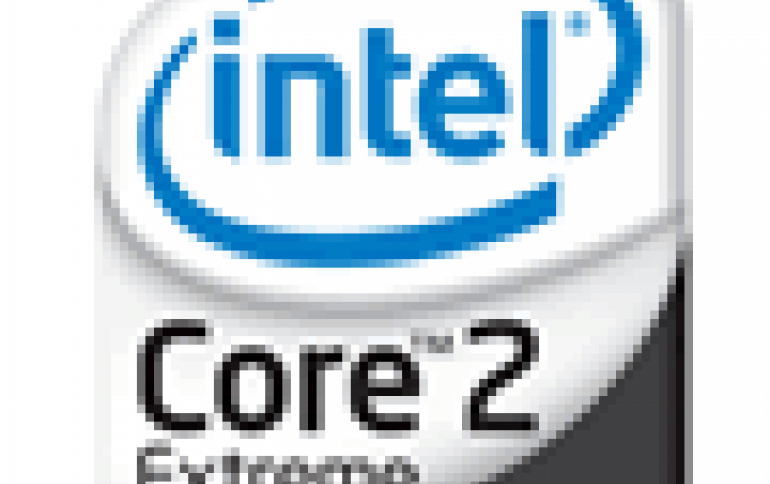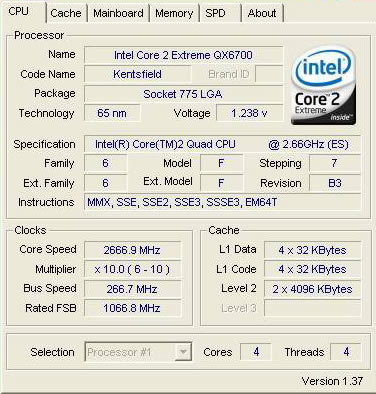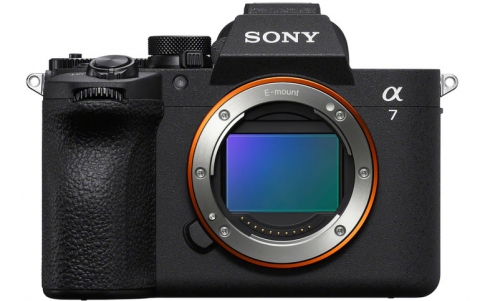
Intel Quad-core Benchmarks Appear Online
A number of benchmarks for Intel's quad-core 'Kentsfield' processor have hit the Internet today. Intel's latest chip is officially called the Core 2 Extreme QX6700 and is an enthusiast chip aimed at high-end gamers, graphic artists and professionals who run multi-threaded applications.
The Core 2 Extreme QX6700 runs at 2.67 GHz on a 1066 MHz front-side bus and basically combines two Conroe dual-core chips into one package. Each chip has its own 4 MB L2 cache. Intel promises that the Kentsfield will be pin-compatible with the Conroe and most motherboard companies have promised full compatibility, either from the factory or with a BIOS upgrade.
The first benchmarks for the Kentsfield chip indicate that the four processing cores do not always speed up applications, since most applications are not programmed to take advantage of the extra cores (multithreading). For example, the Core 2 Quad chip gives almost the same frames per second as the Core 2 Duo E6700 during a Quake 4 benchmark. On the other hand, Kentsfield shows its teeth when used with 3D rendering tools, video editing tools and some codecs. As a result, since there are not that many optimized applications, Kentsfield processors cannot yet become the ultimate leaders from the performance-per-watt prospective.
So everyone is currently expecting to see more new applications that would benefit from systems on multi-core processors in the next 1-2 years.
Note that both Core 2 Extreme X6800 (top Conroe CPU) and the Core 2 Extreme QX6700 are available at the same price. In a smart move, Intel brings the new quad-core chips early into the market, in order to attract enthusiasts who are toying with the price-versus-performance ratio.
Rival AMD is planning to launch similar designed CPUs in the middle of next year. In the meanwhile, the company is expected to roll out its 4x4 platform that will include two dual-core processors.

The first benchmarks for the Kentsfield chip indicate that the four processing cores do not always speed up applications, since most applications are not programmed to take advantage of the extra cores (multithreading). For example, the Core 2 Quad chip gives almost the same frames per second as the Core 2 Duo E6700 during a Quake 4 benchmark. On the other hand, Kentsfield shows its teeth when used with 3D rendering tools, video editing tools and some codecs. As a result, since there are not that many optimized applications, Kentsfield processors cannot yet become the ultimate leaders from the performance-per-watt prospective.
So everyone is currently expecting to see more new applications that would benefit from systems on multi-core processors in the next 1-2 years.
Note that both Core 2 Extreme X6800 (top Conroe CPU) and the Core 2 Extreme QX6700 are available at the same price. In a smart move, Intel brings the new quad-core chips early into the market, in order to attract enthusiasts who are toying with the price-versus-performance ratio.
Rival AMD is planning to launch similar designed CPUs in the middle of next year. In the meanwhile, the company is expected to roll out its 4x4 platform that will include two dual-core processors.






















